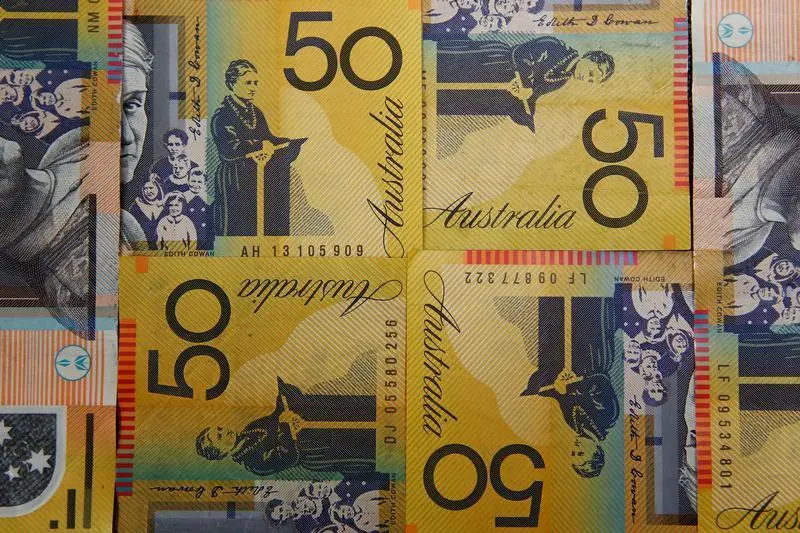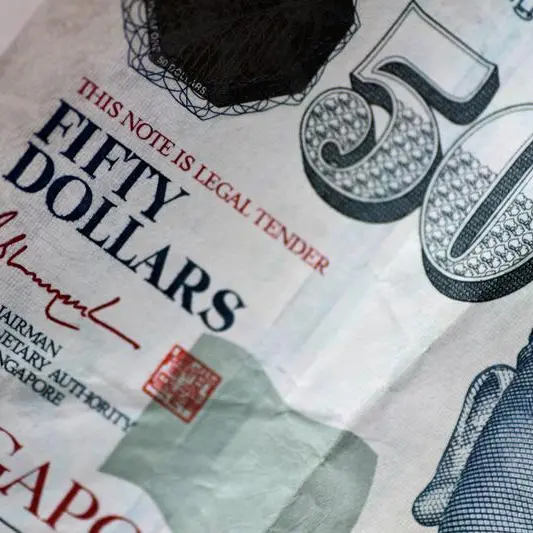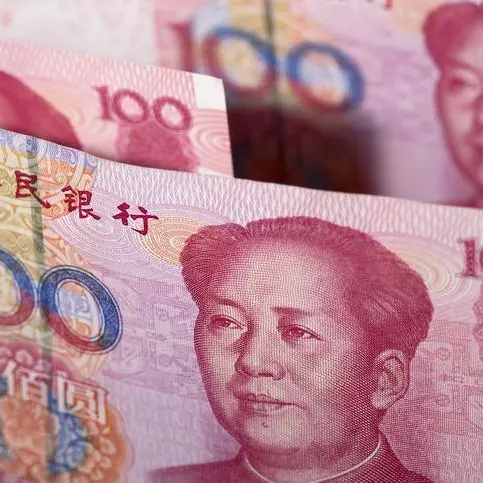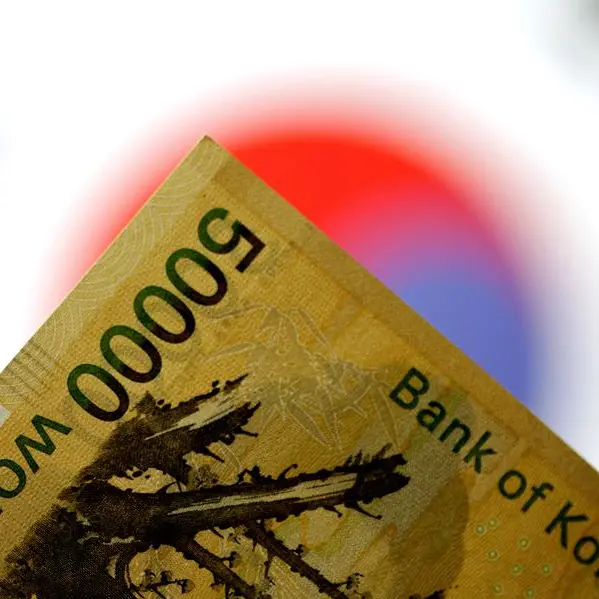PHOTO
The Australian and New Zealand dollars eased for a third straight session on Monday as mixed China activity data failed to provide much of a lift, while the two also paused their ascent against the euro after days of gains.
The Aussie slipped 0.2% to $0.6601, having gained 0.5% last week to as high as $0.6704. It has been stuck in a tight range of $0.6560 and $0.6710 for most of the past month.
It also eased 0.2% to 0.6165 per euro, after climbing 1.4% last week to fetch a five-month top of 0.6191 as political uncertainty in France drove the euro lower.
The kiwi dollar also eased 0.2% to $0.6130, after rallying 0.6% last week to as high as $0.6222, which is its near-term resistance, while support is at around $0.6090. It fell 0.3% to 0.5722 per euro.
The two failed to find much comfort in mixed Chinese data showing the world's second-largest economy remained fragile. Retail sales topped forecasts by rising 3.7% in May, but industrial output and fixed-asset investment both underwhelmed.
China's central bank also held market rates steady as widely expected and drained some funds from the banking system, a sign that policymakers were in no rush to ease policy further.
Looking ahead, the Reserve Bank of Australia will decide on its monetary policy on Tuesday. It is considered certain to keep rates at 4.35% and it is expected to maintain a balanced outlook, with nothing ruled out or in.
"We are not expecting the Board to shift its tone, comfortable for now that a higher for longer cash rate will do its job of getting on top of inflation," TD Securities analysts said in a note to clients.
"The Bank has indicated it is reluctant to 'fine tune' policy but if the Bank mentions Q2 CPI as a risk, this would be considered hawkish."
Swaps imply a rate cut is not a done deal this year, with just a 60% chance that the RBA eases rates by December. April 2025 is seen as the most likely timing for a rate cut.
Across the Tasman, Reserve Bank of New Zealand (RBNZ) Chief Economist Paul Conway will deliver a speech on inflation on Wednesday. Markets have fully priced in a rate cut in November, with the risk of another. (Reporting by Stella Qiu; Editing by Jamie Freed)























